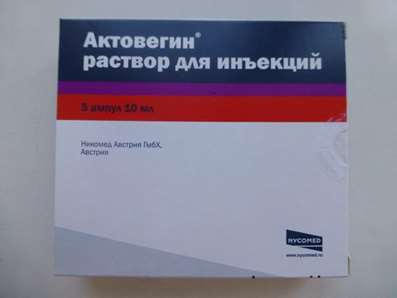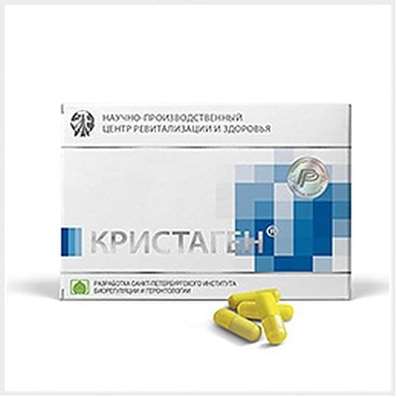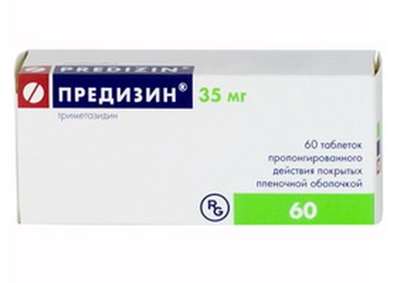Instruction for use: Clonidine (Clonidinum)
I want this, give me price
Chemical rational name: 2,6-Dichloro-N-2-imidazolidinilidenbenzamin (as hydrochloride)
Pharmacotherapeutic group:
Alpha-adrenoceptor agonists
Ophthalmic tools
The nosological classification (ICD-10)
H40.1 Primary open-angle glaucoma
open-angle glaucoma, Open-angle glaucoma, Primary glaucoma, pseudoexfoliation glaucoma, Elevated IOP
I10 Essential (primary) hypertension
hypertension, Arterial hypertension, Arterial hypertension crisis course, Essential Hypertension, Essential hypertension, Essential hypertension, Essential hypertension, Essential hypertension, Primary hypertension, Arterial hypertension, complications of diabetes, hypertension, The sudden increase in blood pressure, Hypertensive disorders of blood circulation, hypertensive condition, hypertensive crises, hypertension, arterial Hypertension, malignant Hypertension, Hypertonic disease, hypertensive crises, Hypertensive crisis, Hypertension, accelerated hypertension, malignant hypertension, hypertensive crisis, The aggravation of hypertensive disease, Transient hypertension, Isolated systolic hypertension
I15 Secondary hypertension
Arterial hypertension, complications of diabetes, hypertension, The sudden increase in blood pressure, Hypertensive disorders of blood circulation, hypertensive condition, hypertensive crises, hypertension, arterial Hypertension malignant Hypertension, hypertensive crises, Hypertensive crisis, Hypertension, accelerated hypertension, malignant hypertension, hypertensive crisis, The aggravation of hypertensive disease, Transient hypertension, hypertension, Arterial hypertension, Arterial hypertension crisis course, renovascular hypertension, Hypertension symptomatic, Renal hypertension, Renovascular hypertension, renovascular hypertension, Symptomatic hypertension
I15.0 Renovascular hypertension
hypertensive crisis, renovascular disease, accelerated hypertension, Isolated systolic hypertension
CodeCAS 4205-90-7
Characteristics of Clonidine
The white crystalline powder. Soluble in water, slightly soluble in alcohol, chloroform and ether.
Pharmacological Properties of Clonidine
Pharmachologic effect
Hypotensive, sedative.
Excited alpha2-adrenergic receptors, lowers the tone of the vasomotor center of the medulla oblongata and reduces the impulses in the sympathetic branch of the peripheral nervous system presynaptic level. Well absorbed from the gastrointestinal tract. The maximum effect develops in 2-4 hours and lasts about 5 hours duration of action is 6 to 12 hours, T1 / 2 -... 12 hours easily and quickly penetrate the BBB. Write mainly kidneys unchanged. Decreases round, heart rate, cardiac output. Product reduces the intraocular fluid and improves its outflow reduces intraocular pressure. Prolonged use is accompanied by water retention. With the rapid introduction may briefly increase in blood pressure due to stimulation of peripheral adrenergic receptors.
Updating of information
Effects on vision
In conjunction with clonidine, amitriptyline causes corneal lesion in rats for 5 days.
Several studies in rats, oral administration of clonidine for 6 months or longer was observed a dose-dependent increase in the frequency and severity of spontaneous retinal degeneration. Tissue distribution studies in dogs and monkeys have shown that clonidine is concentrated in the choroid.
Because retinal degeneration in rats during clinical trials in 908 patients were performed ophthalmologic examination prior to and periodically after initiation of therapy with clonidine. In 353 of these 908 patients eye examination was conducted for 24 months or longer. In these studies, there have been no ophthalmic drug-caused deviation, except dry eye. According to the results of specialized tests of retinal function were not violated.
Indications for Clonidine
Hypertensive crisis, hypertension, primary open-angle glaucoma - as monotherapy or in combination with other drugs that reduce intraocular pressure (eye drops).
Contraindications for Clonidine
Hypersensitivity, cardiogenic shock, hypotension, expressed atherosclerosis of brain vessels, obliterating peripheral arterial disease, AV block II-III degree, marked sinus bradycardia syndrome sick sinus, depression, porphyria, the simultaneous use of tricyclic antidepressants and ethanol, pregnancy, breast-feeding ; inflammatory diseases of the front eye section (eye drop further).
Restrictions apply
Recent myocardial infarction, liver and / or kidney failure.
Updating of information
Limitations to the application (optional)
Coronary artery disease, severe chronic heart failure, violation of intracardiac conduction depression (including history), cerebrovascular disease, neuropathy, constipation, diabetes.
Pregnancy and breast-feeding
Category effects on the fetus by FDA - C.
Updating of information
Pregnancy
Adequate and well-controlled studies have been conducted in humans.
In reproduction studies in animals showed that the use of clonidine in rabbits at doses of approximately 3 times higher than MRDCH, did not cause teratogenic and embryotoxic action.
However, in rats treated with clonidine for 2 months prior to mating at doses less than 1/3 MRDCH, marked increase in the incidence of fetal resorption. This effect is absent when using clonidine in rats at doses up to 3 MRDC 6th to 15th day of pregnancy. Increased resorption rate was observed in mice and rats, the application of clonidine to the 1st to 14th day of pregnancy at doses exceeding 40 times MRDC.
lactation
Clonidine passes into breast milk. Detected infants in plasma; hypotensive effect is not registered in infants.
Side effects of Clonidine
From the nervous system and sensory organs: fatigue, sleepiness, slowing of mental and motor reactions, anxiety, nervousness, headache, dizziness, night restlessness, euphoria, sedation (more pronounced in the elderly), depression, nightmares or vivid.
Cardio-vascular system and blood (blood, hemostasis): bradycardia, orthostatic hypotension; with the rapid on / in the introduction - increase in blood pressure (short-term).
Allergic reactions: skin rash, pruritus.
Other: delay Na + and water, which is manifested swelling of feet and ankles; nasal congestion, reduced potency and / or libido, withdrawal symptoms, increased blood pressure, the so-called gemitonovy crisis.
Local reactions at the application of eye drops: dryness of the conjunctiva, itching or a burning sensation in the eyes, foreign body sensation, hyperemia and conjunctival edema, conjunctivitis.
Interaction
Antihypertensive effect of weakening the tricyclic antidepressants. In the application with neuroleptics mutual strengthening of sedation can be expressed depressive disorders.
Updating of information
Interactions with certain cardiovascular agents
Requires monitoring of heart rate in patients receiving clonidine concurrently with drugs that affect sinus node function or AV conduction, such as digitalis glycosides, calcium channel blockers, beta-blockers. It reported sinus bradycardia resulting in hospitalization and the need to install a pacemaker in connection with the use of clonidine concurrently with verapamil or diltiazem.
Overdose
Symptoms: violation of consciousness, collapse, for the state of acute poisoning is aetiology, broadening of the QRS complex, possibly slower AV conduction and early repolarization syndrome.
Treatment: symptomatic.
Routes of administration
Parenterally, sublingually, orally, instillation into the eye.
Precautions
In acute myocardial infarction, as well as for the treatment of vasomotor symptoms on a background of dysmenorrhea or menopause, abstinence syndrome in drug addicts and labile hypertension during his appointment is particularly undesirable.
For the prevention of orthostatic hypotension in / in a patient must be in a horizontal position during and for 1.5-2 h after injection.
When eye drops are possible systemic side effects; to reduce them after instillation is necessary for 1-2 minutes with a finger area of the lacrimal sac. It should be borne in mind that clonidine as eye drops can reduce systemic blood pressure.
Perhaps the development of weakly positive Coombs reaction. During the period of treatment must be careful when driving and occupation of other potentially hazardous activities that require high concentration and psychomotor speed reactions.

 Cart
Cart





